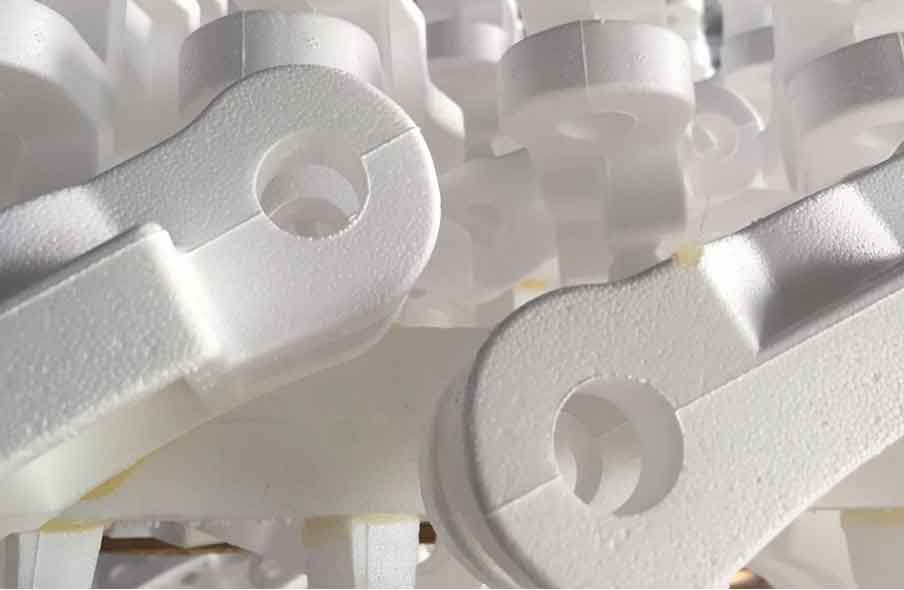Lost foam casting has made significant inroads into the automotive industry, driving innovation in component manufacturing. This technique is particularly suited to automotive applications due to its capability to produce complex parts with high dimensional accuracy and superior surface finish. Here’s how lost foam casting is changing the game in the automotive industry:

1. Complex Part Manufacturing: Automotive parts often have intricate designs and internal structures, which can be challenging to produce with conventional casting methods. lost foam casting offers an efficient solution, enabling the production of parts with complex geometries, such as engine blocks, cylinder heads, intake manifolds, and other components.
2. Improved Fuel Efficiency: The near-net-shape casting ability of lost foam casting allows for the production of lighter weight parts without compromising on strength. Lighter vehicles consume less fuel, thus improving fuel efficiency and reducing emissions, which is a key focus in the automotive industry.
3. Cost-Effectiveness: By reducing the need for extensive machining and finishing processes, lost foam casting can lower manufacturing costs. In addition, the ability to recycle and reuse the sand used in the process can result in significant cost savings.
4. Enhanced Quality Control: The use of simulation software allows for precise control over the casting process, reducing defects and improving the overall quality of the components. This is crucial in the automotive industry, where high-quality parts are essential for safety and performance.
5. Production Efficiency: The potential for automation in lost foam casting, combined with the ability to produce near-net-shape parts, can greatly increase production efficiency. This is a key consideration in the automotive industry, where high production volumes are the norm.
6. Environmental Sustainability: With its reduced material wastage, energy efficiency, and potential for reduced emissions, lost foam casting aligns with the growing emphasis on sustainability in the automotive industry.
Despite these significant advantages, it’s crucial to recognize the challenges associated with lost foam casting, including managing the environmental impact of polystyrene foam. However, with ongoing research and technological advancements, these challenges are being addressed, further strengthening the role of lost foam casting in driving innovation in automotive component manufacturing.
